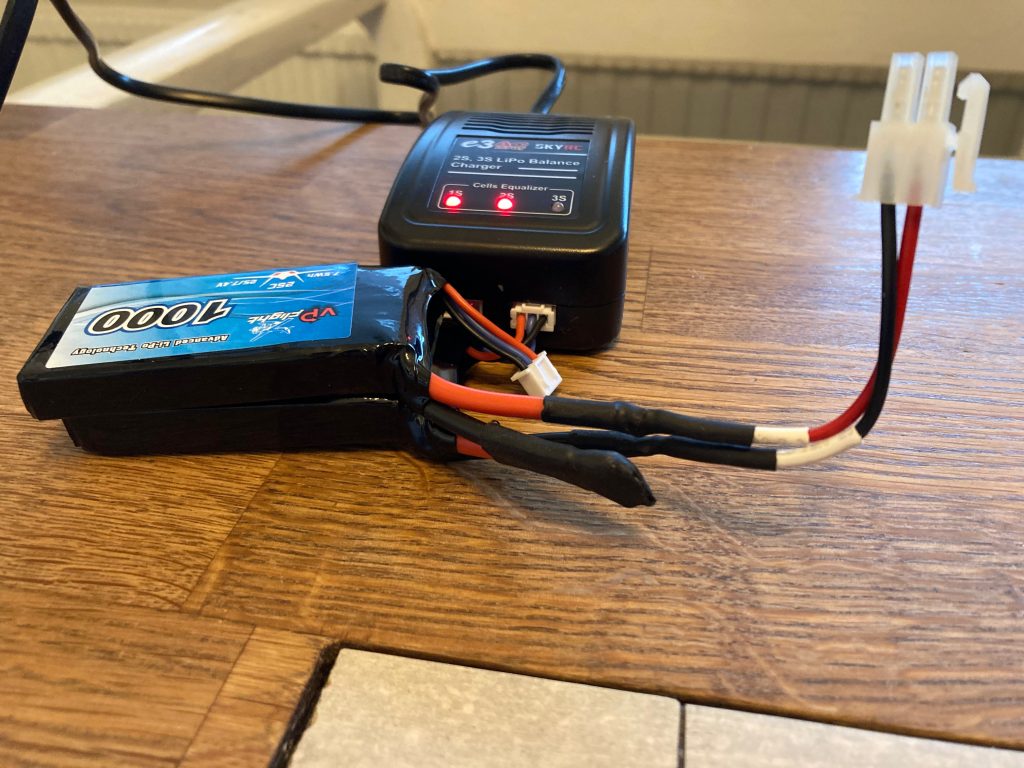I spent most of February and early March rewriting all of the code to have clean structure and complete unit test coverage. Unfortunately, there are only so many screenshots of code that you can show before it gets boring…. But a small contribution map from GitHub will have to suffice.

Now the code is clean and I have a gait commander that can control each leg individually. Unfortunately, I noticed that one leg was not behaving at all. And then my Makerspace lab access expired and it took a few weeks to get it back.
Finally, I could use the oscilloscope to diagnose the problem. It turns out that the detector pins for one leg were connected in the opposite order as compared to what I had assumed. So the encoder homed on every click of the encoder. Not great. But at least, all of the motors and all of the driver boards are now thoroughly tested and there is no electronic noise or any vague digital signals anywhere in the system.
So from now on, I just have to worry about software and mechanics, which is nice.

Having reconfigured the pins and reassembled all of the pieces, I decided to let the robot try to crawl forward for the very first time. It bravely started taking a first step. And then all of the microcontrollers reset. My assumption is that the power source simply cannot power the motors under any form of load. The power source I use delivers a maximum power of about 12W. But each motor has a stall power of 60W, so I would not be surprised if there is a voltage dip when two motors push off from the ground that causes the controllers to reboot.
Clearly, I cannot continue development if the robot cannot even take a single step with only 2 motors. So I ordered two 7.5V 1Ah LiPo batteries and a charger. Connecting them together gives me around 15V, which is plenty to power the motors. With a max discharge rate of 25C, I will have access to a peak power of around 375W which should be plenty.
Since the system is now powered by more than 12V, I have to do some limitations in the software to not overheat the motors. But they should survive bursts of more than 12V, which is all that we will see as the legs will not spin at max speed continuously.
My weak soldering iron wasn’t too happy about the massive power leads from these batteries, but with some patience I finally had a serial coupling and could connect the power connector that I use.

I haven’t had the opportunity to test this more than to see that the system boots up when powered by this battery, but I have high hopes.
